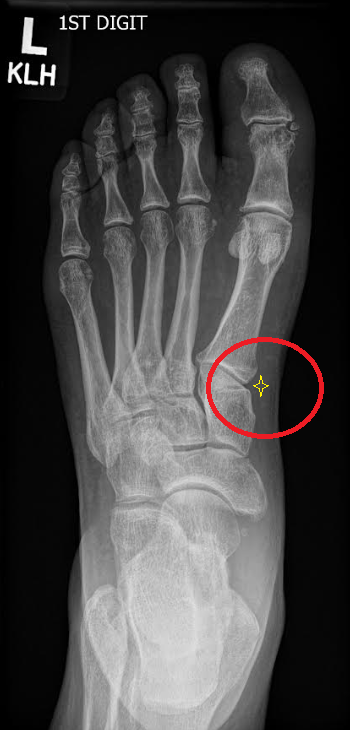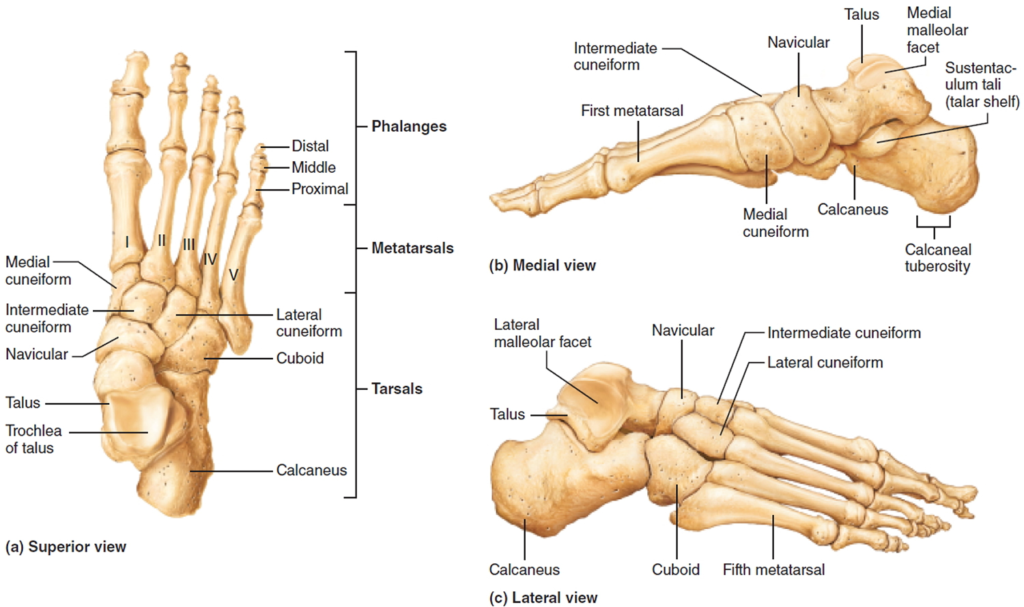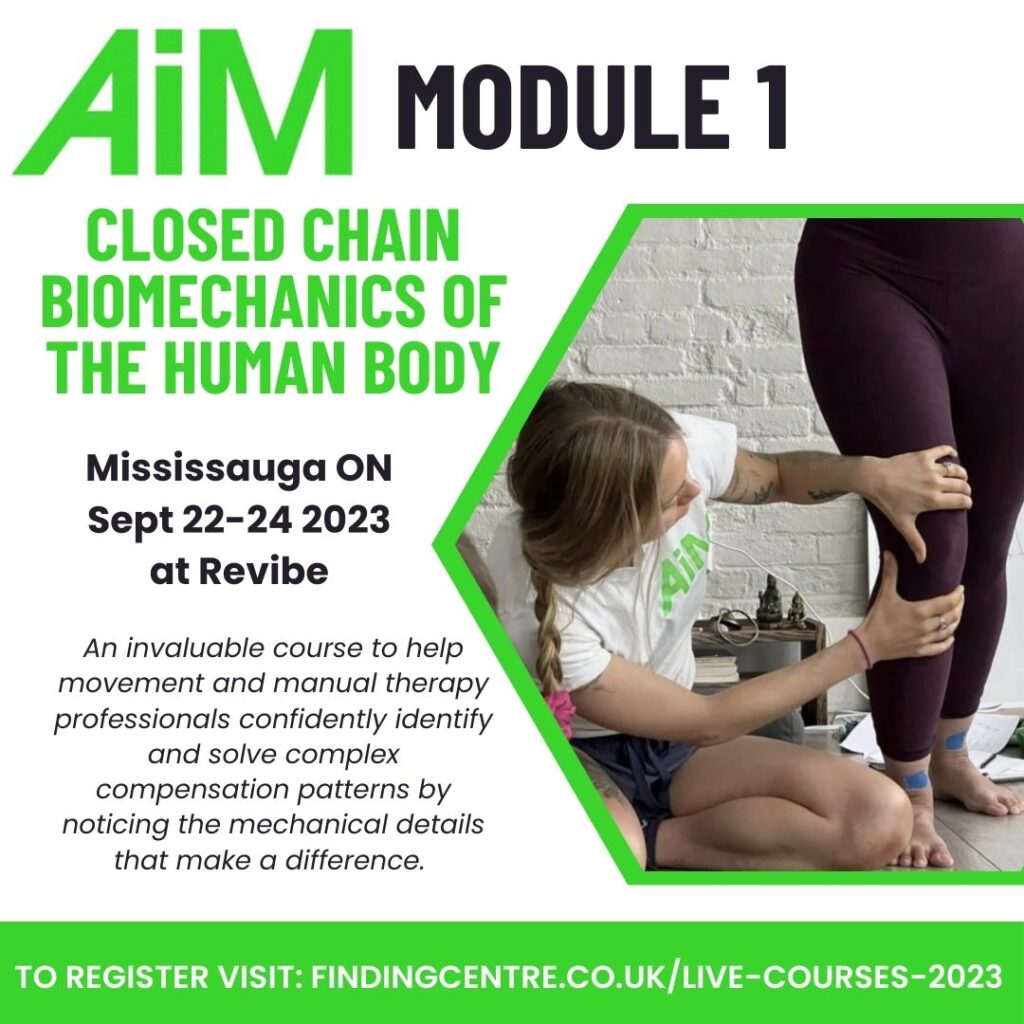In the past couple of months I’ve seen several individuals with feet like THIS:

The above left foot is the actual imaging from one of my clients. She had a weird sportsing accident that twisted her foot when she was young and the bone got pulled into this position and no one showed her how to move back into alignment again!
Not to be confused with a bunion… This is an adducted first metatarsal, creating medial compression at the 1st metatarsal/cuneiform joint.
One of my metatarsally challenged clients has has knee pain. Another one has big toe pain. Another one has BOTH knee and big toe pain. And yet another has ankle and hip pain.
But there is hope. All of said clients have found relief by using simple foot self-mobilizations (like the ones I share in the video below) to restore foot function, encouraging the first metatarsal to move back towards the rest of the foot (abduction) and open the compressed space.

Notice the first metatarsal bone is on an angle- The distal end of the bone (closest to the toes) pointing inwards towards the body’s midline (hence adduction**). With the 1st met sitting at this angle, you can see how it closes the space on the medial side of the 1st met/cuneiform joint, compressing the area where the yellow star is.
For reference of “normal”, in the impossibly perfect illustration below, all the metatarsal bones are more or less parallel to each other.

Self-help, self-mob, self-love <3
I made an awkward video to demo two self-mobilization techniques you can get started with if you have an adducted first metatarsal that’s jamming your 1st met/1st cuneiform joint.
Give ‘er a go:
How do feet get like this?
I know with certainty that 3 of my current peeps with this joint alignment have had a traumatic injury to the area (broken bones, sprains, etc), because they told me. But feet can gradually adopt this posture over longer periods of time as an adaptive movement strategy, possibly to compensate for something else like a knee, hip, or even spine with limited movement options/injury history.
And no… Unlike a bunion, I don’t think we can blame poor, tight fitting footwear for this issue 😉
Mobilize, then Integrate
After you’ve mobilized the 1st metatarsal/cuneiform joint, it will be essential to integrate this newly won joint motion in a functional gait pattern to teach the body what to do with it whilst walking normally.
Below is an example of an exercise I did with one client:

The band is tractioning (is that a word?) his 1st metatarsal bone laterally to gap the 1st met/cuneiform joint while he is actively weightbearing into his leg, using AiM wedges to promote healthy pronation mechanics.
In a healthy pronation of the foot, the 1st metatarsal needs to ABduct (away from body’s midline), and the 1st met/cuneiform joint will gap medially (inside of the arch stretches open).
Every time you step forwards onto one foot, a natural gapping of this joint should take place, so you can appreciate how if the 1st met is stuck compressed/ADducted it will NOT be able to open when it should, putting a handbrake on pronation, and potentially a host of other coupled joint movements up the chain like knee flexion, hip flexion, and other things that need to happen when the foot pronates (which is why this one joint not moving can contribute to a multitude of body pains).
Movement-based vs. surgical solutions?
If you’ve received a diagnosis like “arthritis”, and your foot looks like the above photos, and you are getting recommendations for surgery, and you haven’t yet tried a movement-based approach sloooowwww down.
It boggles my mind that the most widely accepted solution for a jammed/adducted 1st metatarsal joint is arthrodesis, i.e. a fusion of the joint. Because the joint isn’t moving… So let’s fuse it so that it moves even… Less…? Arg. I’m sure that there are times when joint fusions are the best solution. But I would encourage folks to at least try a promote-movement-based approach before a stop-movement-based surgical approach. What have you got to lose?
If you are a manual therapy or movement practitioner and you’d like to learn more about foot mechanics in gait and these magical movement-based solutions I speak of, I will be teaching an Anatomy in Motion Module 1 seminar on Sept 22-24 2023. If you are in the Greater Toronto Area, come nerd out!
And if you are looking for help for your own body, it is important to receive individualized guidance for your body’s unique issues. This was a quick overview, not intended to be specific medical advice. Get in touch if you’d like to work together to find movement-based solutions to help your body move and feel better.
**NOTE: Some folks may name this an ABduction of the 1st met, because it is pointing AWAY from midline of the FOOT. I am choosing to use language that uses the midline of the BODY as a reference point.


